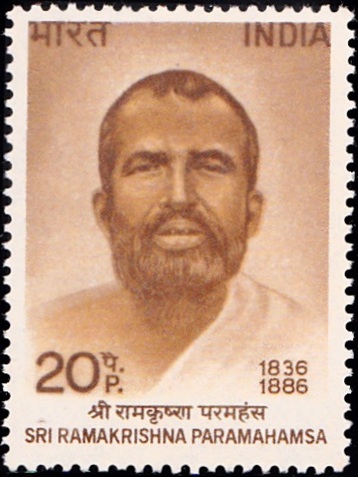
Sri Ramakrishna Paramahamsa
A commemorative postage stamp on the Birth Anniversary of Thakur Sri Ramkrishna Paramahansa, an Indian Hindu Bengali mystic and saint, Guru of Swami Vivekananda :
Issued on Feb 18, 1973
Issued for : The P & T Department feels honoured to bring out a commemorative stamp of this prophet of New India.
Description of Design : The design of the stamp is vertical and depicts the portrait of Sri Ramakrishna Paramahamsa.
Type : Stamp, Mint Condition
Colour : Chestnut and Hornet Brown
Denomination : 20 Paise
Overall Size : 3.91 X 2.90 cms.
Printing Size : 3.56 X 2.54 cms.
Perforation : 13 x 13
Watermark : Printed on unwatermarked adhesive stamp paper
Number Printed : 30,00,000
Number per issue sheet : 35
Printing Process : Photogravure
Designed and Printed at : India Security Press
Name : Gadadhar Chattopadhyay
Born on Feb 18, 1836 at Kamarpukur, Bengal Presidency, British India [now in Hooghly district, West Bengal]
Died on Aug 16, 1886 at Cossipore, Kolkata, West Bengal, India
About :
- A great spiritual luminary of India of the 19th century, Sri Ramakrishna Paramahamsa was born of poor but pious parents at Kamarpukur in West Bengal on the 18th of February, 1836. From a very early age, he showed signs of a spiritual bent of mind . The first experience of ‘Samadhi‘ came to him when he was about ten years old – it was inspired by the sight of a flight of cranes under a dark-blue cloud.
- The major part of his life was spent in the temple of Kali at Dakshineswar, a suburb of Calcutta. The image in the Temple was to him a living deity and the intense longing for God-vision carried him to the realisation of God as Mother in the image of Kali. Kali became a living companion to this young man who, to all appearances, was mad.
- In his 23rd year he was married to a young girl, Sarada, but their life remained free from physical pleasures. Sri Sarada Devi affectionately known as the Holy Mother, accepted him as her Guru and carried on the work as laid down by him.
- Having successfully practised the discipline of the various religious cults of India and proved the efficacy of different paths in realising God-head, his attention was turned to the faiths of Islam and Christianity where his efforts were rewarded with the realisation of the Divine. He proved by his personal experience the truth of the Vedic saying “Ekam sat viprah bahudhah vadanti“.
- Just as a flower in full bloom attracts bees, many ardent souls in search of God were attracted to him and he could awaken the latent spiritual impulses in them by a touch, a word or a glance. Narendranath Dutt, who later became the world-famous Swami Vivekananda, was one of the most important disciples of Sri Ramakrishna and after the Master‘s passing away on 16th August, 1886, he founded the Ramakrishna Math and Ramakrishna Mission.
- Sri Ramakrishna symbolised the efflorescence of the Indian spiritual life which was withering under the impact of a predominantly materialistic alien culture. He taught that service to man amounted to worship of God and that all religions are true.



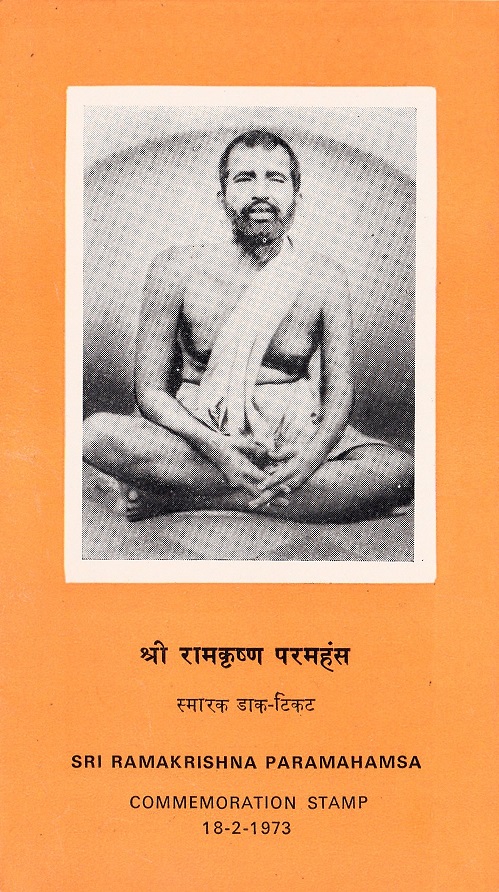
 Issued by
Issued by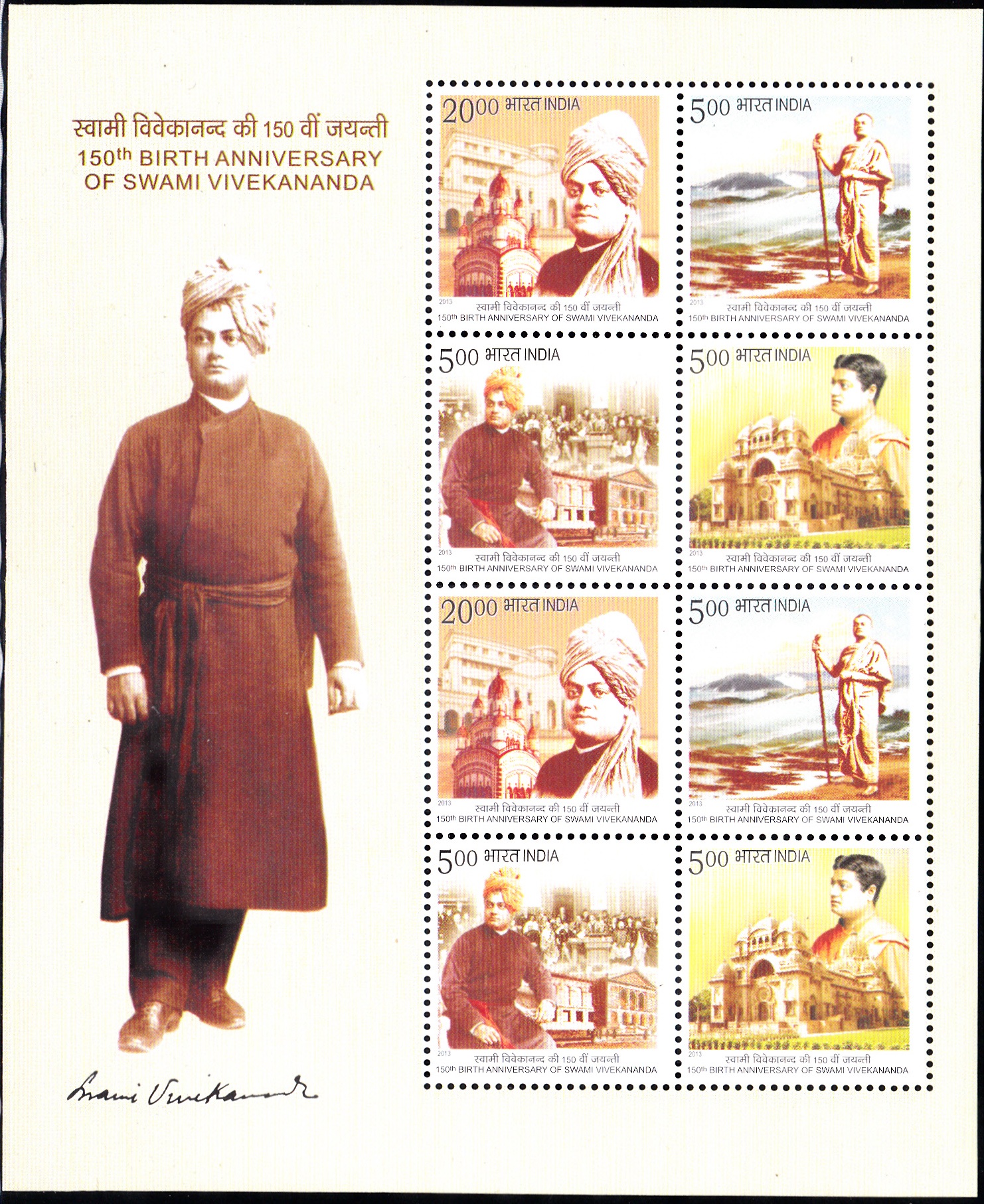
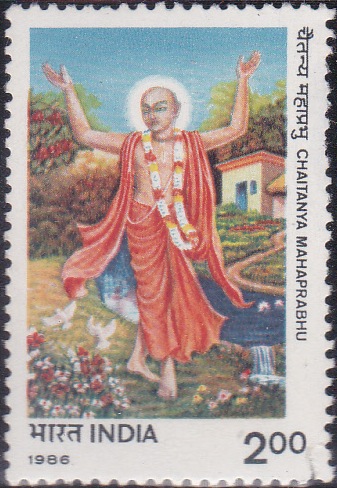
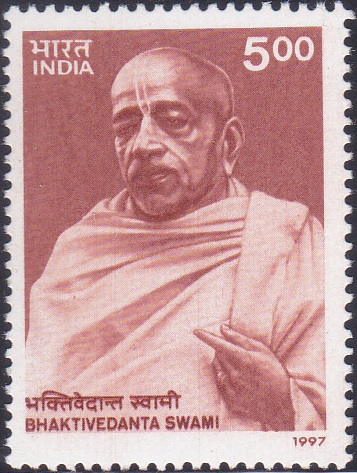
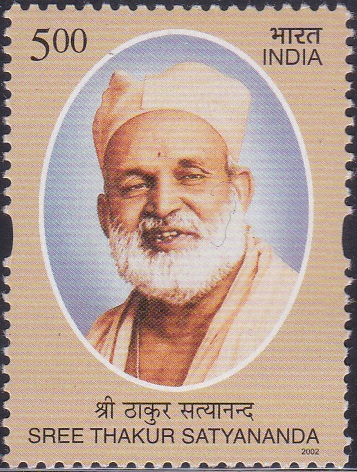
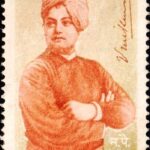
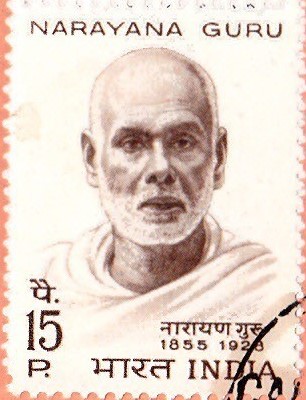
[…] which promoted its accession to the Indian Union in 1948. Deeply influenced by the writings of Ram Krishna Paramhansa, Vivekananda and Swami Ram Tirth, he adopted the ascetic way of life (sanyas) which he felt, […]
[…] was profoundly influenced by the Bhagvad Gita and by the lives and teachings of Ramakrishna Parmahansa and Swami Vivekananda. She was also drawn to Ma Anandmayeeji. Full of compassion, her heart went […]
[…] Maharaj undertook annual tours to the US, Europe and Australia spreading the message of Vedanta and Ramakrishna–Vivekananda. Never confined within the limits of race, language or nation, his consciousness […]
[…] the threshold of youth, was given to spiritual enquiries, and this led him to the well-known mystic Sri Ramakrishna of Dakshineshwar. A unique teacher-disciple relationship developed between them and, under the […]
[…] He could not continue for long in Mahishadal and got interested in the teachings of Ramakrishna Paramahamsa as well as the National Movement for Independence and the struggles of farmers and workers. […]
[…] and Surgery Degree from Kolkata on completion of his education. He spent 18 months working for the Ramkrishna […]
[…] the death of Swami Vivekananda in July, 1902, she was not as closely associated with the Ramakrishna Mission, although her veneration for her late preceptor remained unabated. Her fiery spirit was […]
[…] Parganas (North). The patronage she gave to Gadadhar encouraged his spiritual awakening to become Sri Ramakrishna in later life and inspire the Great Indian Renaissance […]
[…] notable persons of those days, including the author Bankim Chandra Chattopadhyay, the saintly Ramakrishna Paramahansa, the Maharaja of Tripura and […]
[…] to find a middle ground between the best of tradition and modernity. The Brahmo Samaj and the Ramakrishna Mission later were to be predicated on this notion of the middle path which Indian society should […]
[…] his life were spent at home and at school and college; the next five years at the feet of his guru, Sri Ramakrishna. Later, for six years, he wandered round the country seeking intimate knowledge of his people. The […]